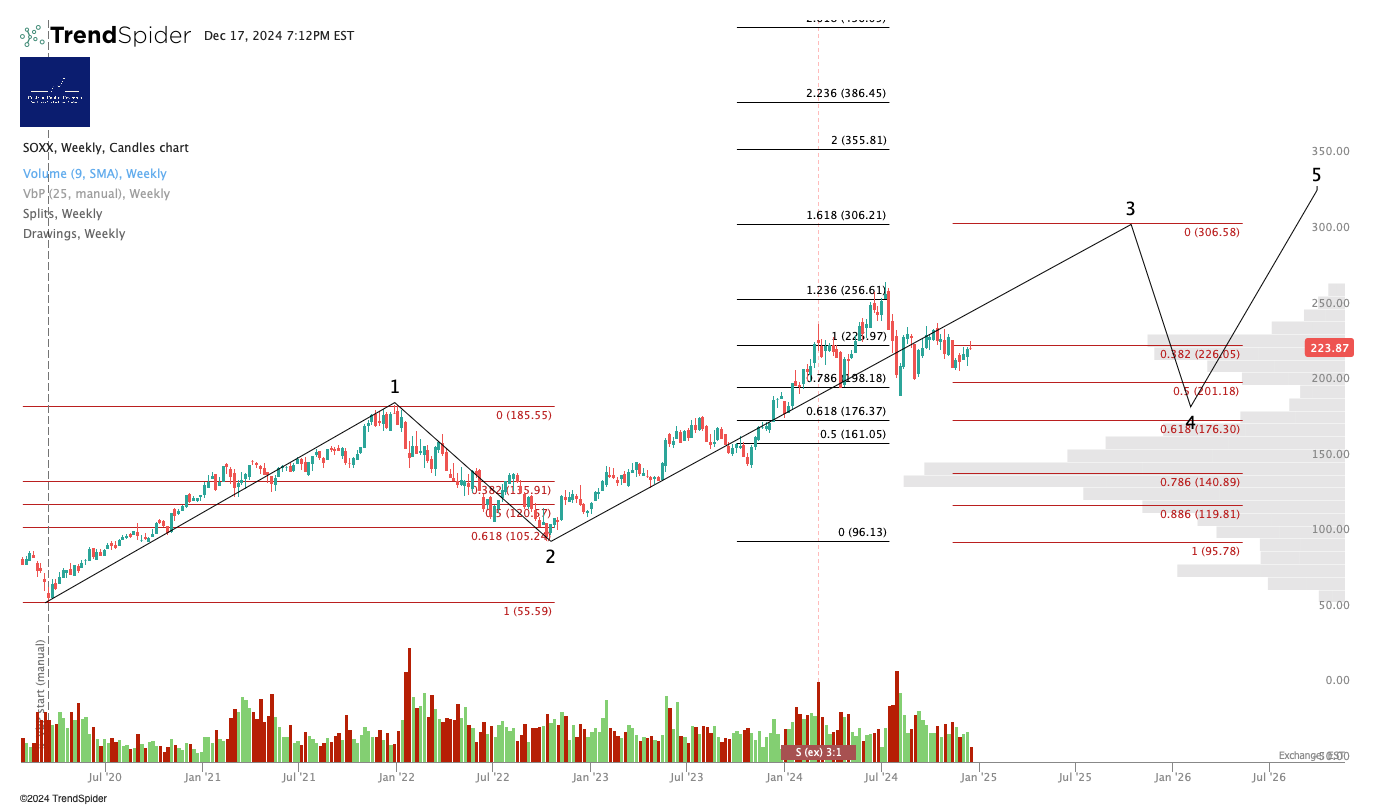Compounding For Dummies

A brief note on timeframes.
DISCLAIMER: This note is intended for US recipients only and, in particular, is not directed at, nor intended to be relied upon by any UK recipients. Any information or analysis in this note is not an offer to sell or the solicitation of an offer to buy any securities. Nothing in this note is intended to be investment advice and nor should it be relied upon to make investment decisions. Cestrian Capital Research, Inc., its employees, agents or affiliates, including the author of this note, or related persons, may have a position in any stocks, security, or financial instrument referenced in this note. Any opinions, analyses, or probabilities expressed in this note are those of the author as of the note's date of publication and are subject to change without notice. Companies referenced in this note or their employees or affiliates may be customers of Cestrian Capital Research, Inc. Cestrian Capital Research, Inc. values both its independence and transparency and does not believe that this presents a material potential conflict of interest or impacts the content of its research or publications.
Even Normalfolk Can Do This If They Try
by Alex King, CEO, Cestrian Capital Research, Inc.
We are taught, are we not, that compounding in investing is a matter of re-investing dividends back into a low-cost S&P500 tracker fund, units of which we buy by dollar-cost-average purchasing as a result of investing x% of our monthly income into said fund. This is the Gospel According To Buffett, and it is a righteous book. Thus far literally nobody ever got poor doing this, unless they went at it with too much gusto and found themselves sucking wind when it came to paying the mortgage.
But there is another way to compound in investing, and that is by playing multiple timeframes all at once. Sounds difficult, isn’t. Allow me to explain using a worked example, and I make no apology for trying to sell you good people a subscription service along the way.
Let’s take the semiconductor ETF, $SOXX. I personally believe this thing is taking a breather on the way up to a much higher level. The earnings print from $AVGO last week catalyzed a new bull impulse in the ETF and I think an $NVDA reversal to the upside is due, which if it happens will do the same to $SOXX. My view is informed by this chart, and my timeframe on this long thesis is weeks/months. For context I am a little cautious on how much further the overall market can run up, I do not subscribe to the “Moon Soon” thesis of US equities, and so I believe in the end any potential rally in $SOXX will be capped by an eventual reversal in US equities at large. Want me to put a number on it? Let’s say a medium-term target of $300, just below the 1.618 Wave 3 extension on the chart below. (You can open a full page version of this chart, here). I am long $SOXL personally, by the way, so I am most certainly talking my own book here.

If you have a long thesis on such an ETF, or stock, or whatever, you can just sit and hold the instrument long to see if your thesis plays out. Use stops or other risk management tools to protect yourself against being wrong, all that. This can work just fine.
But a way to make more money if you do it right is to also work a shorter timeframe. If, for instance, you were medium term bullish on $SOXX but you saw it hit that 1.236 extension earlier this year and thought, well, this is going to sell off some, then you could have bought a position in, for instance, $SOXS (a 3x inverse ETF), or $SSG (2x inverse), or simply short $SMH or use a different account to short $SOXX itself. Then, as SOXX fell, you would have been making money short term in any of those inverse instruments; you could have sold those, cashed the gains, and rolled the gain back into additional $SOXX holdings.
This is compounding done differently. It’s an additional tool in the toolkit that very few investors use. You take the profit given to you by short gains and re-invest it in the long side. All you need to be able to do this is a little charting skill and the ability to think in two timeframes at once. It sounds a lot harder than it is. No, really.
With that in mind I invite you to take a look at the Trading Gains service that we host. Subscribers to Trading Gains have had the opportunity to make very nice returns in a short-term short semiconductor play, on a timeframe entirely consistent with then being able to re-invest those short gains into a longer term long play should they choose to do so. You see? Anyone can do it. The eponymous Gains, who runs the service, will tell you that personally he makes a good chunk of his trading profits by re-investing money he made in direction A back into another trade in direction B. This is what hedge funds are supposed to do, but in the main don’t.
You can take a 7 day free trial to Trading Gains right here.
Cestrian Capital Research, Inc - 17 December 2024.
DISCLOSURE - Cestrian Capital Research, Inc staff personal accounts hold long positions in, inter alia, $SOXL, $NVDL, $INTC
